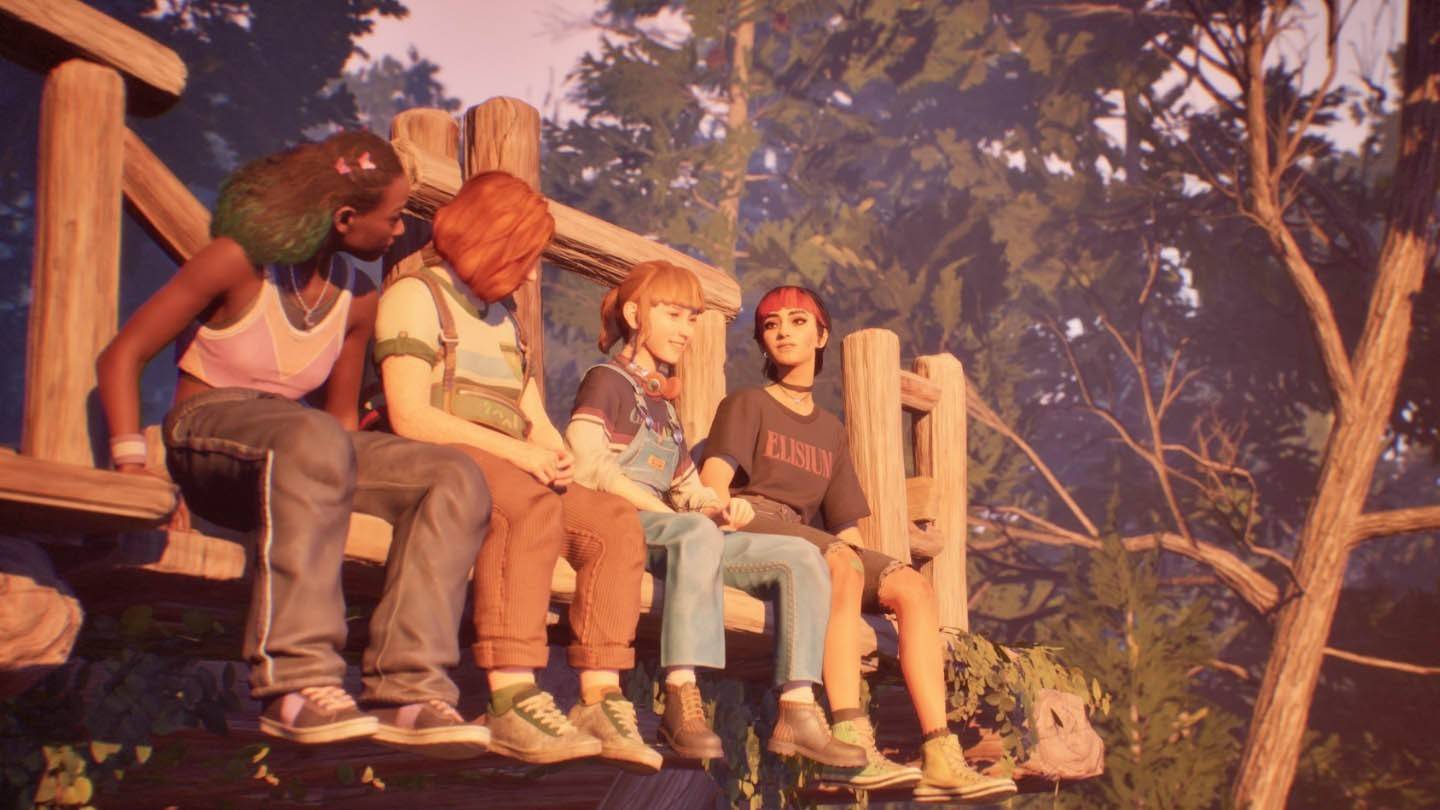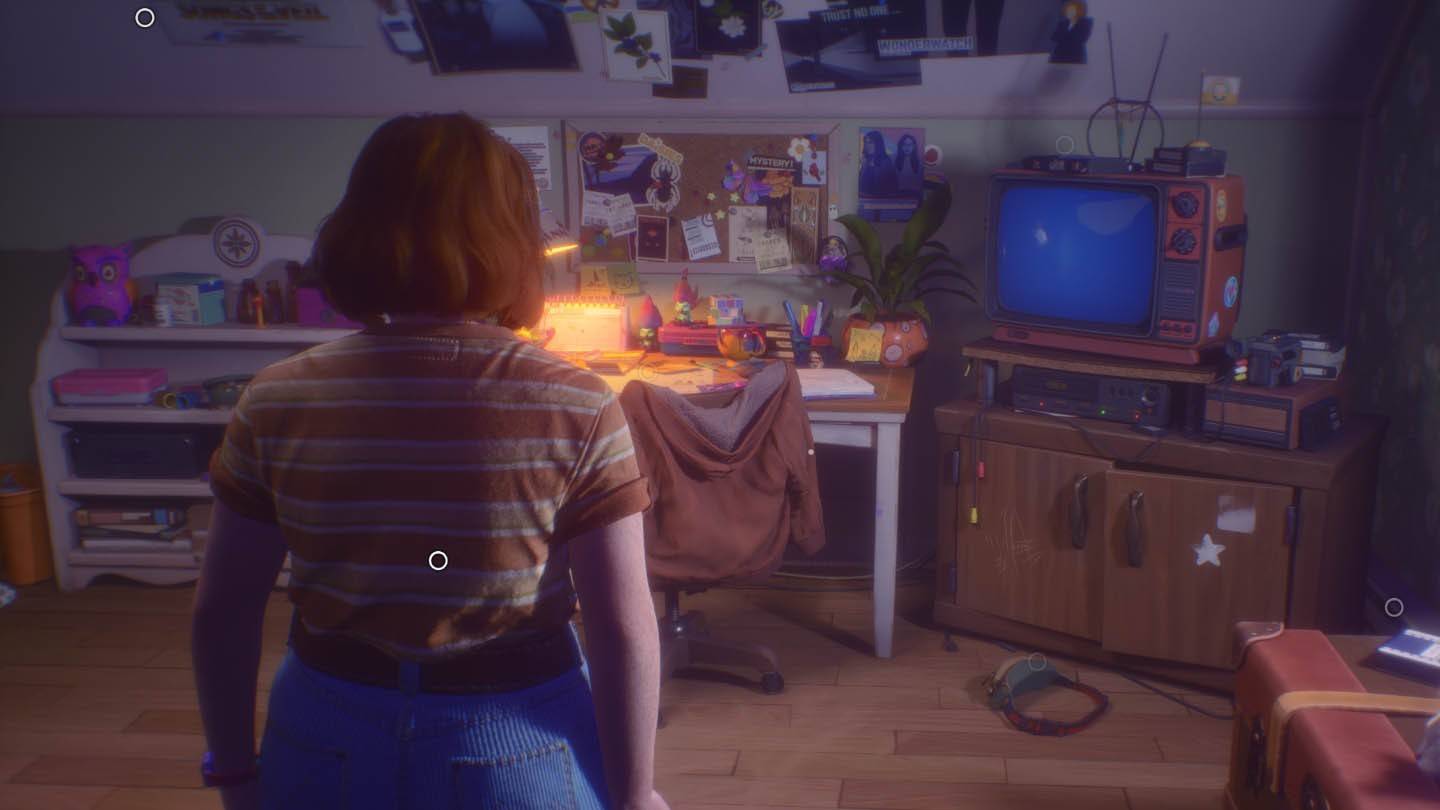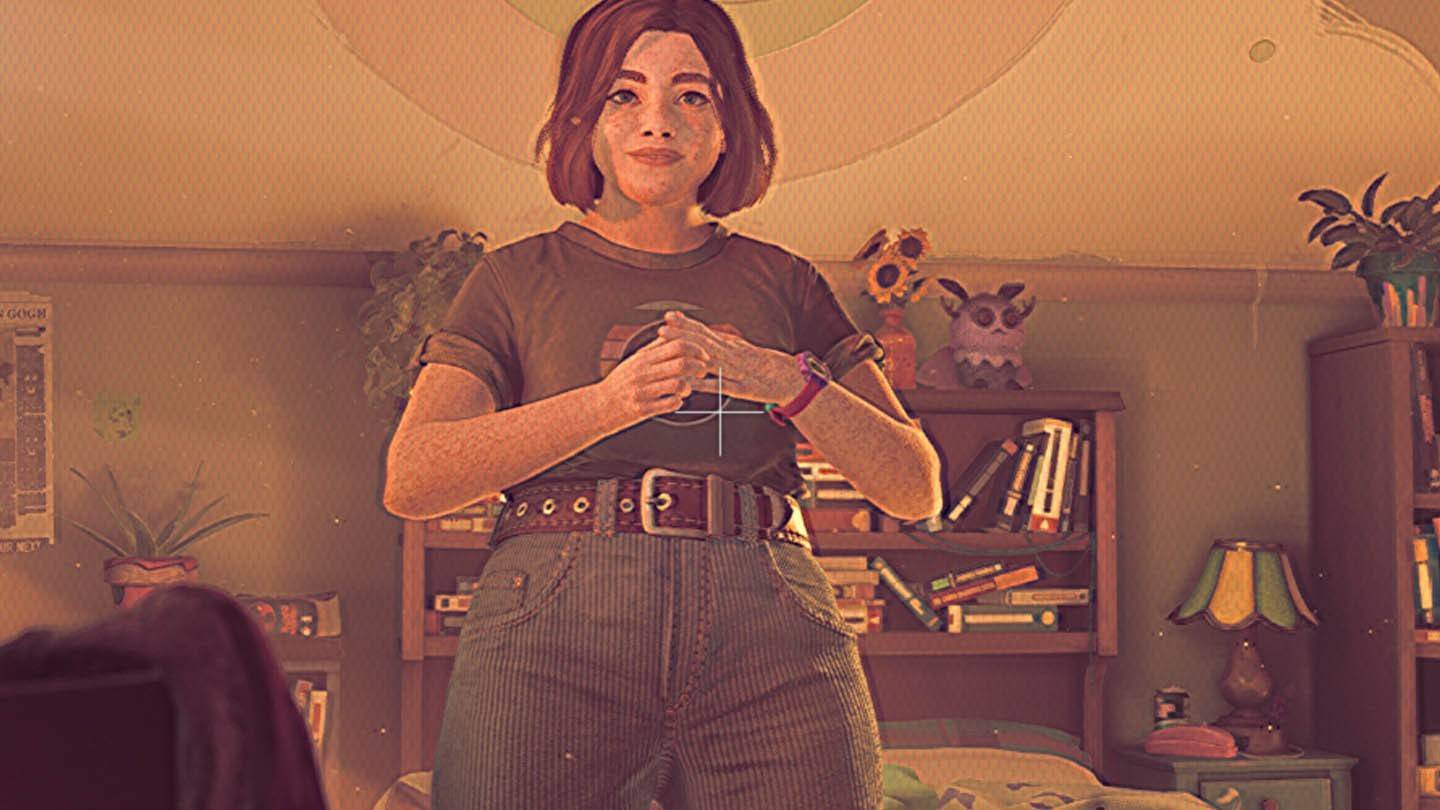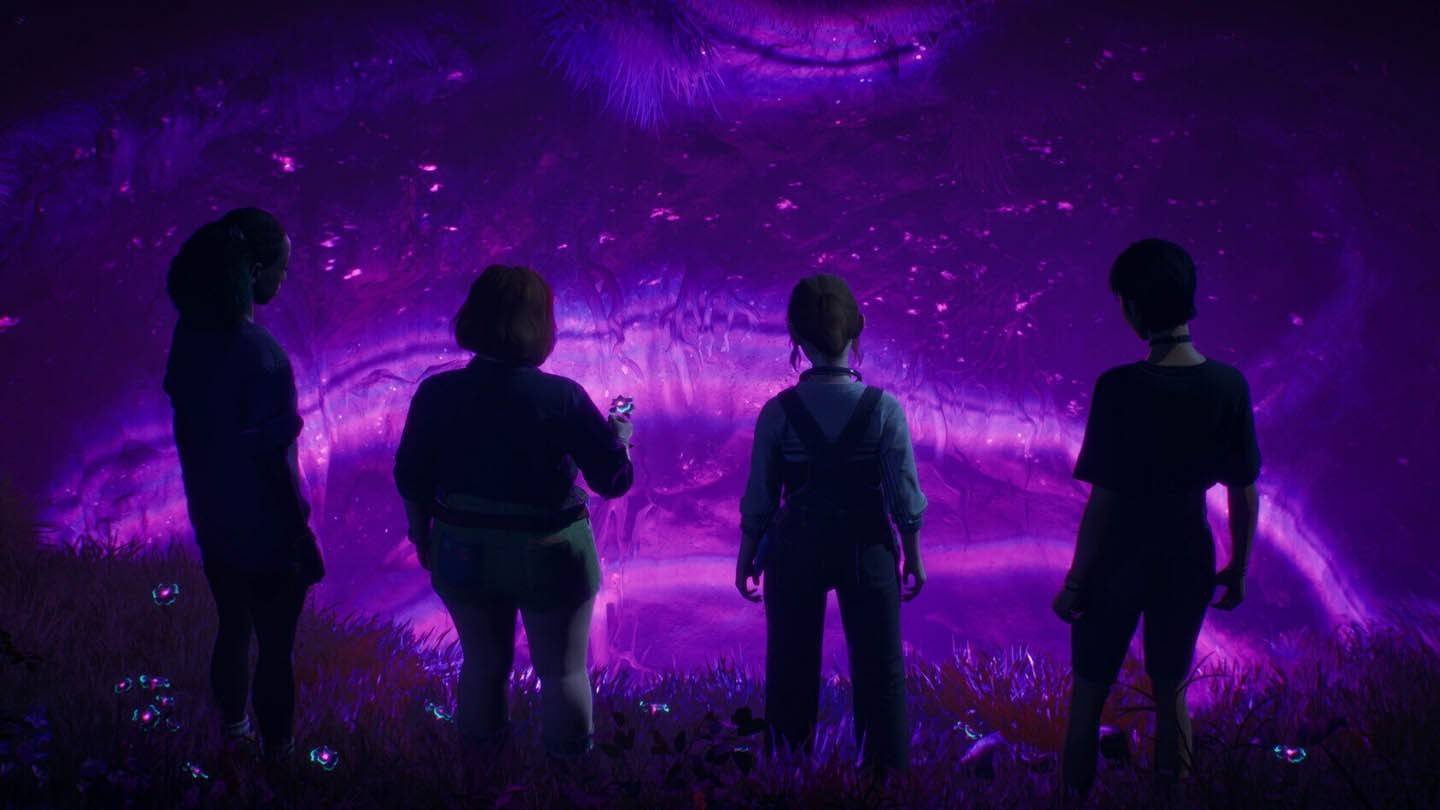"Lost Records: Bloom & Rage - A 90s Nostalgia Trip"
In 2015, the French studio Don't Nod set a new benchmark for interactive dramas with Life is Strange, an enthralling adventure that celebrated the beauty of everyday moments, unbreakable friendships, and the relentless march of time. Players were captivated by its meticulous attention to detail and the ability to explore and influence the game world. While Don't Nod experimented with different genres in subsequent projects, none recaptured the magic that resonated so deeply with fans.
Years later, Don't Nod returns to its roots with Lost Records: Bloom & Rage, a coming-of-age story that pays homage to a bygone era and the joys of youth. This game is not just interactive cinema; it's a nostalgic journey filled with vivid characters, unpredictable choices, and an atmosphere that fans have longed for.
Table of Contents
- Friends Reunite to Uncover Secrets from the Past After 27 Years
- Choices Still Impact Surroundings, Dialogues, and Relationships
- Bloom & Rage Creates Beautifully Imperfect Characters
- A Town Worth Dreaming About
- Slow-Paced Plot: The Defining Feature of the Story
Friends Reunite to Uncover Secrets from the Past After 27 Years
 Image: ensigame.com
Image: ensigame.com
At the core of Lost Records: Bloom & Rage is the story of four women whose friendship dissolved 27 years ago. The protagonist, Swan Holloway, returns to her hometown of Velvet Bay for a reunion with her friends and discovers a mysterious package from their past. This package leads them to a forest and an abandoned house, unearthing secrets that were better left untouched. Through this, the essence of Bloom & Rage is revealed—a relived dream of a summer night.
The narrative weaves between two timelines: the vibrant summer of 1995 and the more subdued year of 2022. In 1995, the grass was greener and the sun shone brighter, while in 2022, the women, now in their forties, sit in a bar, their awkward smiles barely concealing the painful incident that drove them apart. The switch to first-person camera mode in 2022 highlights the stark difference between the past and present.
Most of the gameplay unfolds in the past, where players explore beautifully crafted locations, nurture relationships, and capture moments using a vintage HVS camera. Video recording is a central mechanic, reminiscent of Max's photography in Life is Strange. Swan films everything from graffiti to wildlife and even paranormal phenomena.
 Image: ensigame.com
Image: ensigame.com
In a dedicated menu, players can edit their collected footage into thematic short films, which Swan narrates. While some of these documentaries appear in the storyline, they don't alter its course.
The choices players make have both long-term and immediate effects on the story. Due to the game's episodic nature, the long-term impacts are currently fewer, which can be seen as a feature or a limitation of the narrative.
Choices Still Impact Surroundings, Dialogues, and Relationships
Lost Records: Bloom & Rage excels in its interactivity and attention to detail, hallmarks of Don't Nod's work.
For example, if Swan expresses a desire for ice cream from a nearby truck, players can choose to buy it or ignore her wish and continue with other activities. Delaying too long may result in the truck closing, altering subsequent conversations and interactions.
 Image: ensigame.com
Image: ensigame.com
The game's world is dynamic, enhancing its charm. Dialogues occur in real-time, similar to Oxenfree and Telltale games, where characters interrupt each other, change topics, and even offer silence as a response. Sometimes, saying nothing is the best way to avoid revealing someone else's secret.
The freedom to build relationships is another aspect of choice. Players don't need to seek approval from everyone; if a character doesn't appeal, they can simply choose to ignore them. Swan, though shy, gradually opens up, reflecting the player's choices.
Bloom & Rage Creates Beautifully Imperfect Characters
 Image: ensigame.com
Image: ensigame.com
Don't Nod has a knack for creating characters that feel authentic. They are loud, occasionally clumsy in their youthful idealism, yet deeply sincere.
While I once criticized the main cast of Life is Strange: Double Exposure for lacking soul, I realized the issue wasn't with interactive films but with the character development by Deck Nine. Don't Nod, on the other hand, excels in crafting personalities.
Swan is endearing—an ordinary 16-year-old struggling with self-doubt, constantly worrying about her words, and using her video camera as a shield. Though reminiscent of Max Caulfield from Life is Strange, Swan is not a mere copy; she is her own person, defined by her passion for filming.
 Image: ensigame.com
Image: ensigame.com
Her friends—Ottem, Kate, and Nora—embody familiar archetypes but transcend them. Nora, the punk girl with colorful bangs and big American dreams, surprisingly turns out to be the most cautious. Kate, the passionate writer, often pushes for wild adventures, encouraging Swan to be bolder. Ottem values thoughtfulness and seriousness.
In their company, players relive the feeling of being a teenager, convinced they know everything about life, no matter their actual age. Lost Records transports players not just back to youth but also into the heart of the '90s.
A Town Worth Dreaming About
Nostalgia permeates every facet of Lost Records. Swan's room is a treasure trove of '90s artifacts: a bulky TV, VHS tapes, floppy disks, tamagotchis, Rubik's cubes, and troll dolls. Each item invites exploration and reflection, evoking both admiration and a sense of loss for those golden years.
Easter eggs referencing pop culture are plentiful: Sabrina, The X-Files, Tank Girl, The Goonies, Twilight, Casper, Revenge of the Nerds, and more. Video games like Oxenfree, Night in the Woods, Control, and Life is Strange are also nodded to, alongside books like House of Leaves and music from Nine Inch Nails and Nirvana.
 Image: ensigame.com
Image: ensigame.com
The plot setup itself echoes Stephen King's It, with 27 years passing since the characters last met.
The soundtrack is a standout feature. The dream-pop and indie-rock tunes, including the catchy "See You in Hell," enhance the game's atmosphere. Initially, I thought the music didn't resonate, but "The Wild Unknown" has been stuck in my head for days.
Velvet Bay, thanks to the careful integration of all these elements, becomes the quintessential sleepy American town—cozy by day, chilling at night. The more players explore, the more Bloom & Rage intrigues and confuses them.
Slow-Paced Plot: The Defining Feature of the Story
 Image: ensigame.com
Image: ensigame.com
The exposition in Lost Records unfolds gradually, possibly making players forget they're playing a mystery game. Unlike Life is Strange, where teenage life quickly transitions into detective work, Lost Records takes its time, encouraging players to bond with the characters and soak in the '90s atmosphere before shifting gears.
This slow pace may not appeal to everyone, but I find it engaging. The tension builds in the second half of the first episode (or "reel"), culminating in a gripping cliffhanger that promises more excitement in the next installment. This leaves players eager to theorize and speculate, exactly what the developers intended.
Lost Records: Bloom & Rage transports players to the '90s, even if they've never experienced them. It's a film that knows its audience and doesn't pretend to be anything else. It encapsulates all the elements needed for success in the genre: relatable characters, engaging interactions, and the potential for a compelling narrative. The game's full impact will be clearer after the release of the second part on April 15th. I eagerly await the conclusion, hoping Don't Nod will weave their magic once again.
-
 Jan 27,25Roblox: Bike Obby Codes (January 2025) Bike Obby: Unlock Awesome Rewards with These Roblox Codes! Bike Obby, the Roblox cycling obstacle course, lets you earn in-game currency to upgrade your bike, buy boosters, and customize your ride. Mastering the various tracks requires a top-tier bike, and thankfully, these Bike Obby codes deliver
Jan 27,25Roblox: Bike Obby Codes (January 2025) Bike Obby: Unlock Awesome Rewards with These Roblox Codes! Bike Obby, the Roblox cycling obstacle course, lets you earn in-game currency to upgrade your bike, buy boosters, and customize your ride. Mastering the various tracks requires a top-tier bike, and thankfully, these Bike Obby codes deliver -
 Feb 20,25Where to Preorder the Samsung Galaxy S25 and S25 Ultra Smartphones Samsung's Galaxy S25 Series: A Deep Dive into the 2025 Lineup Samsung unveiled its highly anticipated Galaxy S25 series at this year's Unpacked event. The lineup features three models: the Galaxy S25, S25+, and S25 Ultra. Preorders are open now, with shipping commencing February 7th. Samsung's web
Feb 20,25Where to Preorder the Samsung Galaxy S25 and S25 Ultra Smartphones Samsung's Galaxy S25 Series: A Deep Dive into the 2025 Lineup Samsung unveiled its highly anticipated Galaxy S25 series at this year's Unpacked event. The lineup features three models: the Galaxy S25, S25+, and S25 Ultra. Preorders are open now, with shipping commencing February 7th. Samsung's web -
 Jul 02,22Isophyne Debuts as Original Character in Marvel Contest of Champions Kabam introduces a brand-new original character to Marvel Contest of Champions: Isophyne. This unique champion, a fresh creation from Kabam's developers, boasts a striking design reminiscent of the film Avatar, incorporating copper-toned metallic accents. Isophyne's Role in the Contest Isophyne ent
Jul 02,22Isophyne Debuts as Original Character in Marvel Contest of Champions Kabam introduces a brand-new original character to Marvel Contest of Champions: Isophyne. This unique champion, a fresh creation from Kabam's developers, boasts a striking design reminiscent of the film Avatar, incorporating copper-toned metallic accents. Isophyne's Role in the Contest Isophyne ent -
 Jan 11,25Jujutsu Kaisen Phantom Parade: Tier List Revealed This Jujutsu Kaisen Phantom Parade tier list helps free-to-play players prioritize character acquisition. Note that this ranking is subject to change with game updates. Tier List: Tier Characters S Satoru Gojo (The Strongest), Nobara Kugisaki (Girl of Steel), Yuta Okkotsu (Lend Me Your Stren
Jan 11,25Jujutsu Kaisen Phantom Parade: Tier List Revealed This Jujutsu Kaisen Phantom Parade tier list helps free-to-play players prioritize character acquisition. Note that this ranking is subject to change with game updates. Tier List: Tier Characters S Satoru Gojo (The Strongest), Nobara Kugisaki (Girl of Steel), Yuta Okkotsu (Lend Me Your Stren
